Worse for Wear: Indonesia’s Textile Boom
With the first light, men in long boats are on the Upper Citarum River, filling their hulls with bottles, cans and bits of broken plastic — anything that can be recycled for a few rupiahs. Everything anyone might throw away is here.
Smashed Styrofoam coolers, broken toys, clothes, food containers, a deflated soccer ball, even car batteries and metal tools, buoyed by the bits of plastic below, float along on the current. At bends in the river, the detritus coalesces into mats of trash, tight and strong enough for a man to walk across. The water itself is as thick and dark as motor oil, coursing with sewage, agricultural runoff, and chemicals flushed into the river by the factories that line its banks.
 This story was supported by the Pulitzer Center.
This story was supported by the Pulitzer Center.
It was not always this way on the Citarum — routinely named one of the world’s most polluted waterways. Old-timers tell of a healthy river full of fish until the late 1970s when Indonesia’s manufacturing sector — animated in large part by textile producers and other companies fleeing rising labor costs and environmental regulations in the West — began to grow and dump their effluent into the water. With the boom came a deluge of factory workers, which quickly overwhelmed municipal waste disposal systems, further stressing the river.
Today, Indonesia ranks among the top 10 textile and apparel producing countries in the world, with more than $12.7 billion in exports, including $3.96 billion to the United States in 2014, according to World Integrated Trade Solution, a trade database of the World Bank. Three million people work in the garment and textile industries, according to Indonesia Investments, an investors’ news service that covers the country’s economy.
For residents of the West Java province near Bandung, this economic growth has come at a steep price with the ruin of the Upper Citarum River and the destruction of rice fields contaminated with heavy metals in industrial effluent. Now, a recent Indonesian court ruling, if upheld, could give environmentalists a small victory in the fight to clean up the Citarum River — and at the same time, possibly imperil thousands of jobs. It is a story that has played out time and again around the world, from the Hazaribagh neighborhood of Dhaka, Bangladesh, to Gloversville, New York, as environmental regulations catch up with polluting industries.
In December 2015, two local community organizations, Pawapeling and WALHI (Indonesian Forum for the Environment), with the support of Greenpeace Southeast Asia Indonesia, sued the Sumedang Regency government and three factories permitted to dump into the Cikijing River, a tributary of the Citarum. The named plaintiffs alleged that the government had not monitored the factories’ discharge and had failed to conduct environmental impact studies before issuing the wastewater permits. Greenpeace and Padjadjaran University’s Institute of Ecology also released a report in April 2016, one month before the court ruling, in which they alleged that industrial wastewater used for irrigation had contaminated 2,300 acres of rice fields with heavy metals, and caused economic losses of about $866 million over two decades.
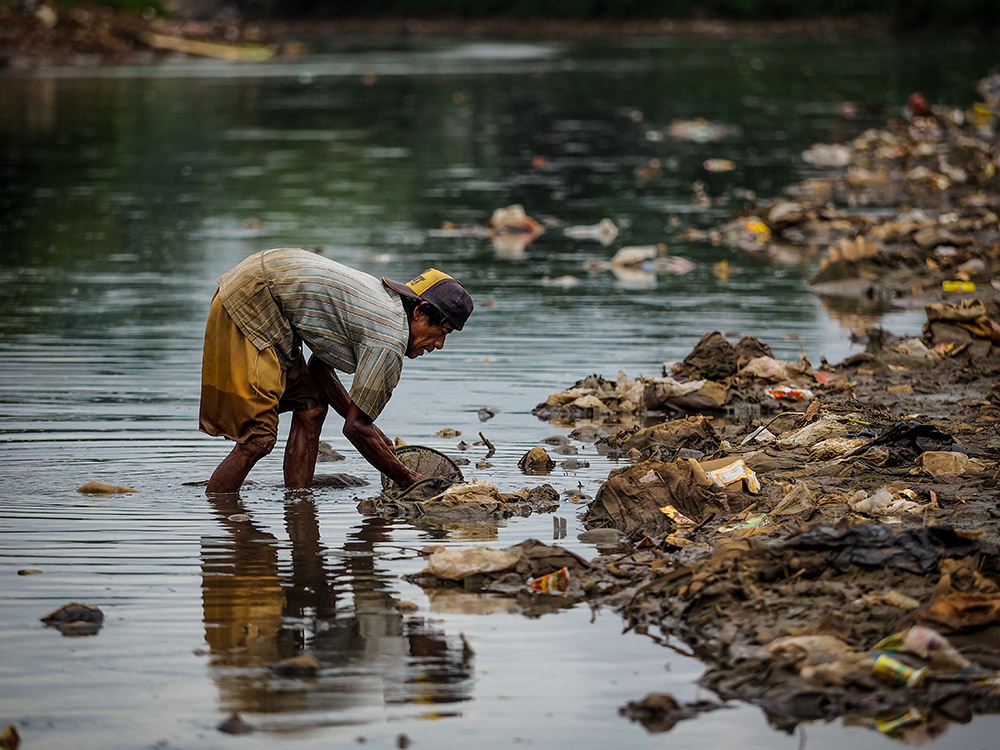
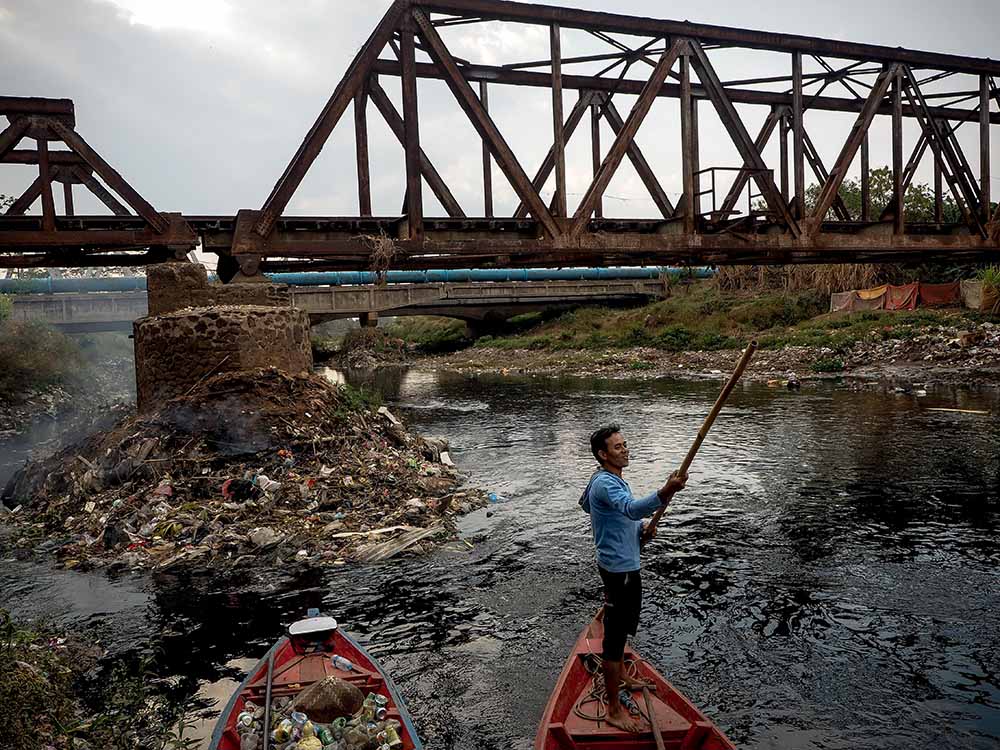
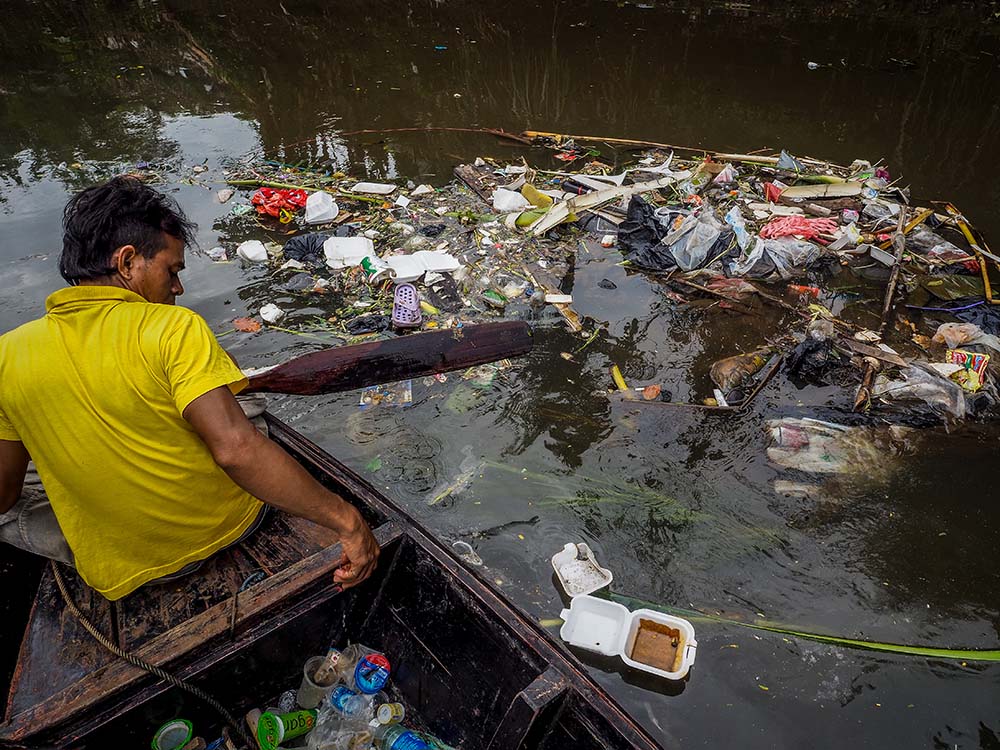
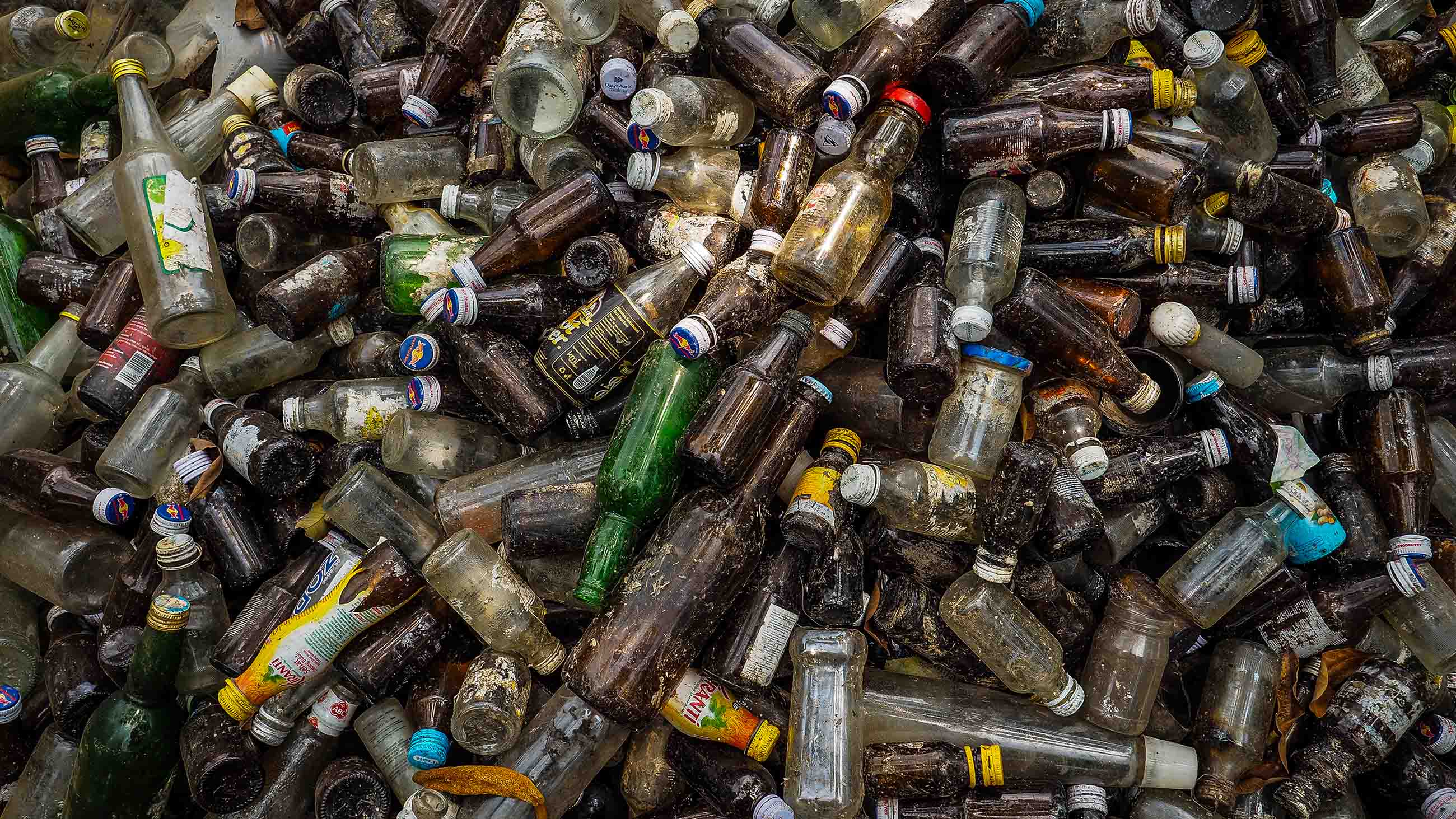
The Bandung court concurred with the plaintiffs’ arguments and ordered the Sumedang district government to “suspend, revoke and cancel” wastewater discharge permits for PT Kahatex, PT Five Star Textile and PT Insansandang Internusa, the three named textile factories. “It is clear that they violated the principles of good governance by granting those companies wastewater permits,” the plaintiffs’ attorney Agus Rasyid said of the Sumedang Regency’s failure to monitor wastewater permits.
In October, the Jakarta High Court upheld the lower court ruling. The defendants appealed that decision to the Indonesian Supreme Court in December. “This indicates that there are judges who still have a conscience,” said Anang Sudarna of the West Java Environmental Agency. “We all know that if they had to comply with standards of waste treatment,” he added, “we wouldn’t see today’s destruction to the rivers and fields.”
Dwi Widi Nugroho, the lead lawyer for Kahatex, said that his client, which manufactures polyester fibers, yarn, fabrics, and garments, spends $451,000 a month to successfully remove chemicals from its wastewater. The three companies, Nugroho said, feel that they have been unfairly singled out and penalized for the actions of dozens of other upstream factories, which pump untreated effluent into the river. Both lower courts rejected these arguments, Nugroho said.
Losing the wastewater permit, he said, would be a death sentence for Kahatex, which by his estimate employs 90,000 people and sources 60 to 70 percent of its raw materials from smaller factories in West Java. “If we lose, of course we will comply with the court decision and close down,” he said. “Then the government must think about this and take care of these tens of thousands of workers.”
Environmentalists dismiss talk of closure and mass firings as scare tactics. Ahmad Ashov Birry, a toxic campaigner with Greenpeace, said that their hope is that the court ruling, if upheld, will establish a precedent. “We could ask for the government to repeal all discharge permits,” Birry said. “That’s the idea actually. We start small.”
It’s true that the Indonesian court ruling could give environmentalists the ammunition they need to force government and industry to develop and enforce effective wastewater treatment standards for the textile and apparel industry throughout Indonesia. And this, in turn, could threaten the livelihoods of thousands of people who live along its banks — even as the Indonesian textile industry is facing increased competition from China and other emerging markets in Southeast Asia.
By some estimates, there are about 2,000 industrial and manufacturing facilities in the Citarum River basin, including at least 200 textile and apparel factories near Bandung. For decades, the government has permitted factories to flush wastewater into the river, provided the effluent does not contain any of about four dozen banned industrial chemicals. Stricter wastewater discharge standards and enforcement likely would force smaller companies to close.
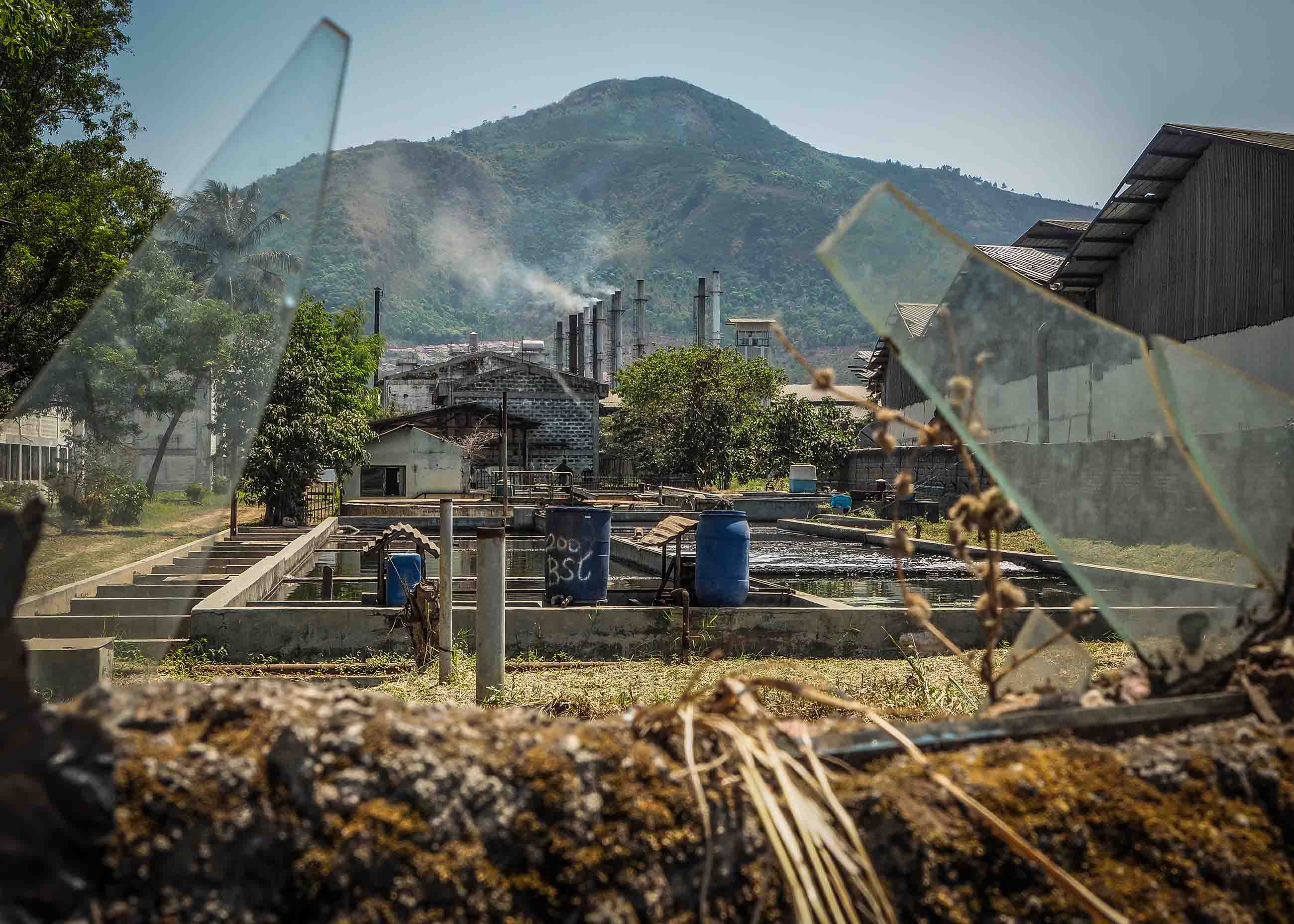
Factory effluent is not the only contaminant pouring into the Citarum, which irrigates crops and provides drinking water for more than 25 million people, including residents of the greater Jakarta region. A 2013 Asian Development Bank report found that most of the Upper Citarum River’s water quality parameters were far outside allowable limits. Fecal coliform bacteria — likely from manure fertilizer and sewage — was 5,000 times the mandatory limit in some locations. Municipal sewage systems and solid waste disposal in communities along the Citarum are woefully inadequate and funds to modernize are scarce.
The Asian Development Bank approved a $500 million, multi-year loan in 2008 as part of a long-term effort to restore the river. ADB funds have supported several river improvement projects, including a re-engineered canal in Bekasi to improve water quality for the greater Jakarta area. But in West Java, efforts to address the massive pollution have been sporadic at best. The Indonesian government has proposed filing civil suits against polluters, admitting that criminal prosecutions have been ineffective. Local officials have taken baby steps to curb trash.
Bandung Mayor Ridwan Kamil has imposed a ban on Styrofoam packaging for all food sold in the city. Berita, the official website of the West Java Province, announced in October that the government would form a task force to work with more than 300 known polluters in Bandung to help them remediate waste and implement water treatment facilities. At a 2015 festival highlighting a four-year cleanup of the Citarum, West Java Vice Gov. Deddy Mizwar admonished the crowd, “Perhaps we no longer need the Citarum, so we make it as a waste bin and toilet stool.”
Greenpeace, for its part, is keeping up its Detox campaign to pressure the fashion industry to stop using hazardous chemicals and sourcing from polluting factories. The group’s 2013 Toxic Threads report blasted some of fashion’s biggest names for buying clothing from a company that owns a factory it accused of pumping untreated effluent into the Citarum. The environmental group said that it found nonylphenol (NP), nonylphenol ethoxylates, (NPEs), which are used as detergents and surfactants, tributyl phosphate (TBP), antimony, which is a metalloid used in polyester manufacture, and wastewater with a pH of 14 — high enough to burn the skin — from the outflow spouts at the PT Gistex Textile Division factory on the Citarum near Bandung.
The report, which publicly detailed the textile chemicals in Citarum River factory effluent propelled Greenpeace to the forefront of the fight to clean up the river.
Several of the companies named in the organization’s report are members of Zero Discharge of Hazardous Chemicals, an international group of clothing and footwear brands that have pledged to eliminate hazardous chemicals from their products by 2020. And most have sustainability statements on their websites. A few of the companies named in the Greenpeace report also still source clothing from one of the Gistex Group’s Indonesian factories, according to Datamyne, a Miami-based firm that collects global trade data for market research records.
Gap Inc. and its brands, Old Navy and Banana Republic, received well over 100 shipments in 2016 at locations throughout the U.S. from a Gistex-owned facility, according to records compiled by Datamyne. In response to questions from Undark, a Gap spokeswoman provided a version of a statement that the company has issued on occasion since Greenpeace’s original 2013 report. The statement acknowledged that the company sources from PT Gistex Garmen, which is owned by the PT Gistex Group, but asserted that the company “does not source” from the Gistex facility near Bandung that was singled out by Greenpeace. Gap has also “reiterated to the Gistex Group the importance of adherence to our Code of Vendor Conduct, including provisions regarding environmental health and safety and chemical restrictions,” the statement said. The company did not respond to specific questions about how it ensures that its suppliers are adhering to its conduct codes.
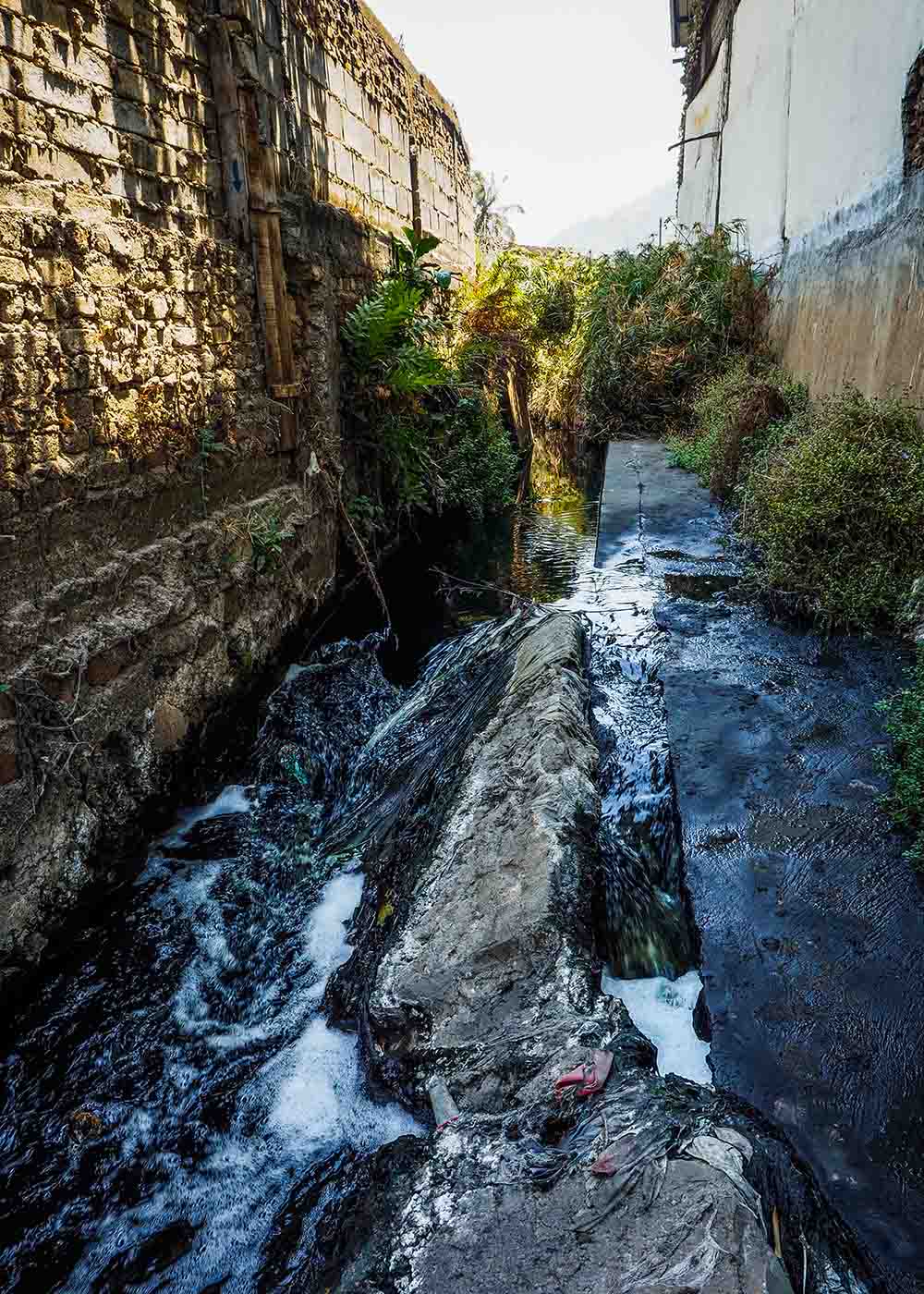
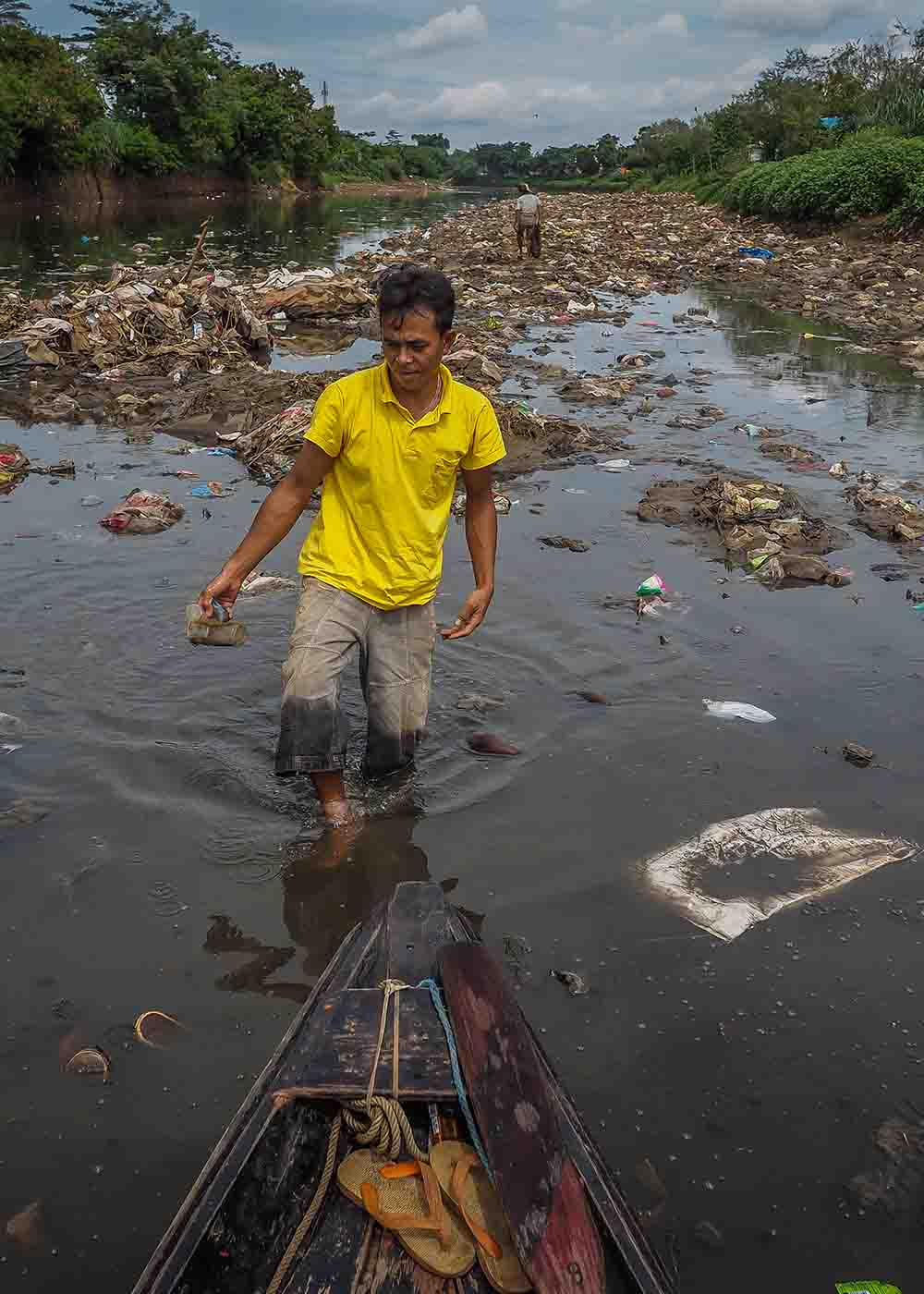
Puma, another company named in the 2013 Greenpeace report, also confirmed that PT Gistex Garmen is an active supplier. Puma said its most recent audit of Gistex was in April 2016.
“All direct Puma suppliers are regularly audited for social and basic environmental compliance through the Puma Sustainability department. These audits contain checks on the relevant environmental permissions as well as proper treatment of wastewater and waste,” the company said. Puma also said that it regularly asks all its suppliers with wet processing facilities to perform wastewater tests and publish the results through the Institute of Public and Environmental Affairs, a Chinese non-governmental organization.
“We have just started expanding our audits into the core material and component suppliers as we recognize that improvements are necessary,” Puma said. “This expansion into the lower tiers of the supply chain is a long-term effort.”
On its website, Gistex promotes its “Go Green” program and says that the company built a water recycling program in 2012 and in 2015 received certifications and met standards established by the International Organization for Standardization for quality and environmental management. With the certifications as a foundation, PT Gistex said it hopes “to continue with improvements in all areas,” according to a statement on the company’s website.
Several American and European companies also source from PT Kahatex, according to Datamyne. None of those companies contacted by Undark responded to interview requests.
People’s health and lives depend on companies fulfilling their commitments and cleaning up their supply chains, Birry wrote in a blog post hailing the court ruling against the factories.
“Millions depend on the health of Indonesia’s rivers, water and land,” he added. “We won’t stop fighting.”
Funding for this project was provided in part by the Pulitzer Center on Crisis Reporting. Larry C. Price, along with Joseph Cochrane and Dewi Kurniawati in Jakarta, contributed reporting for this story.




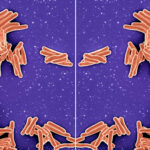





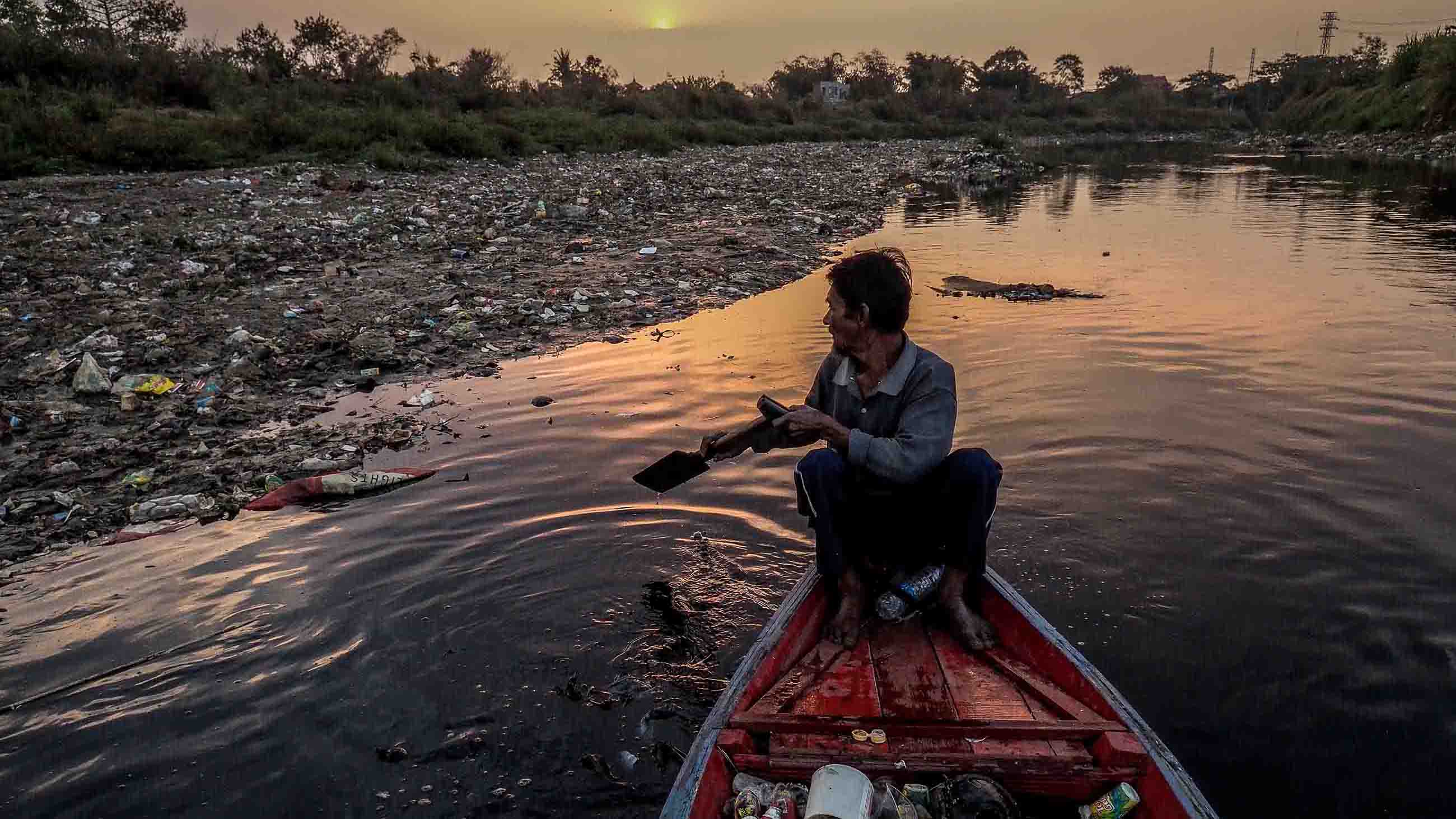
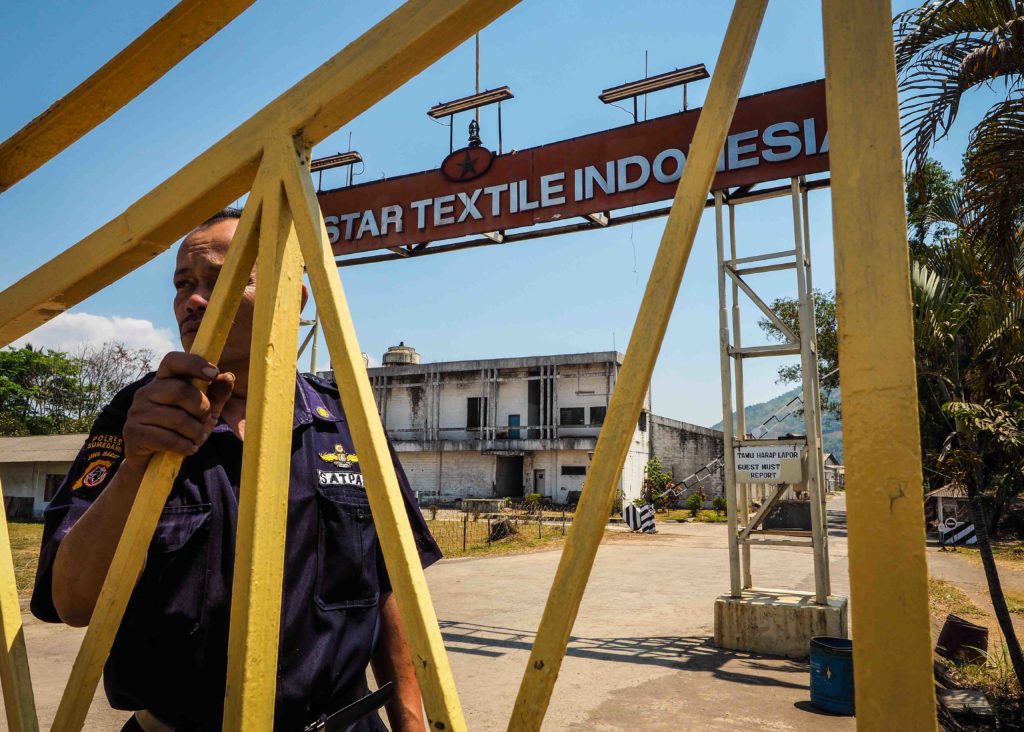
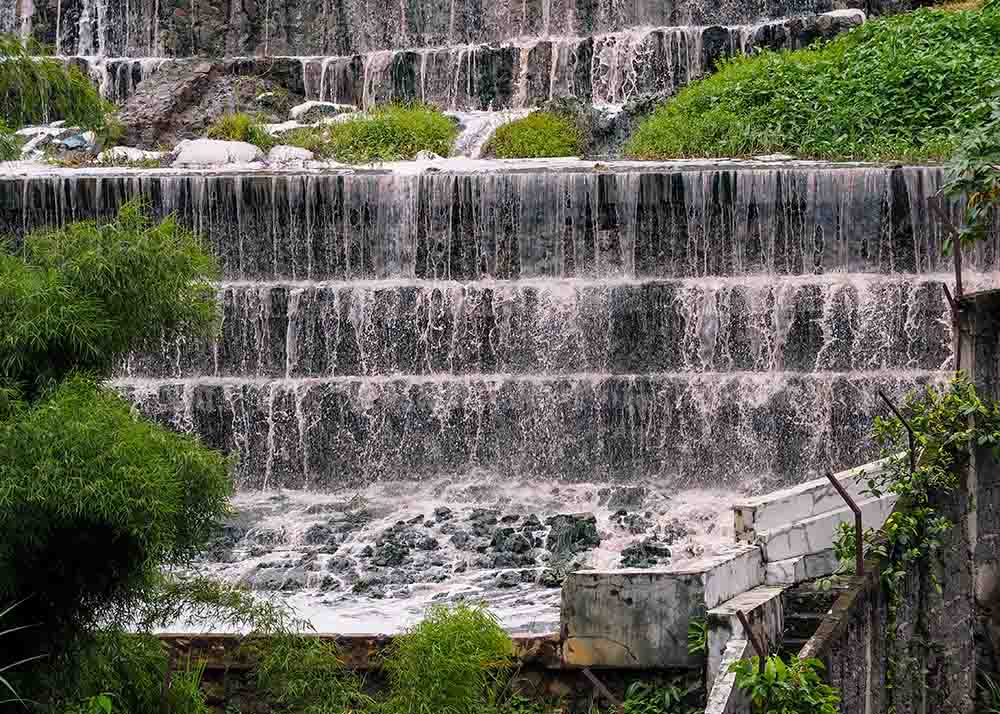
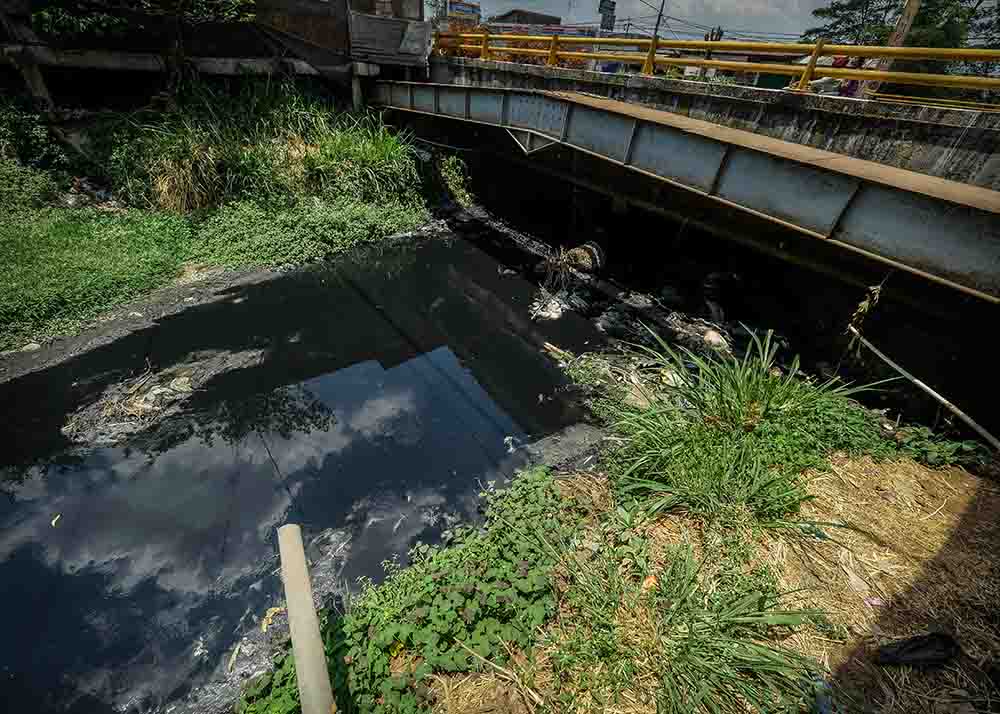
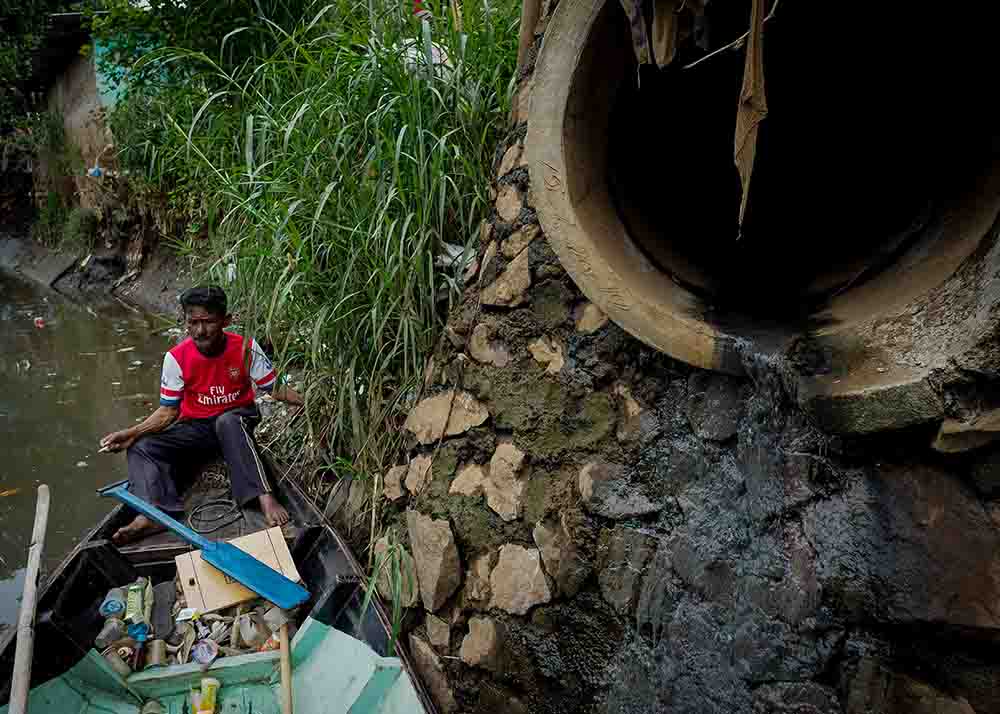
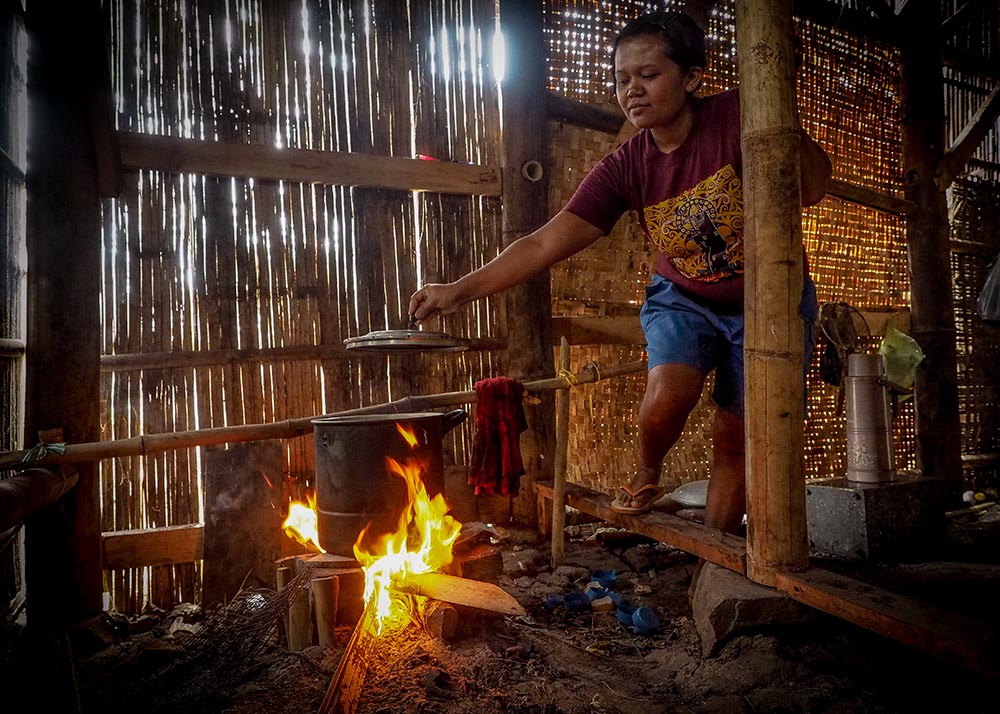
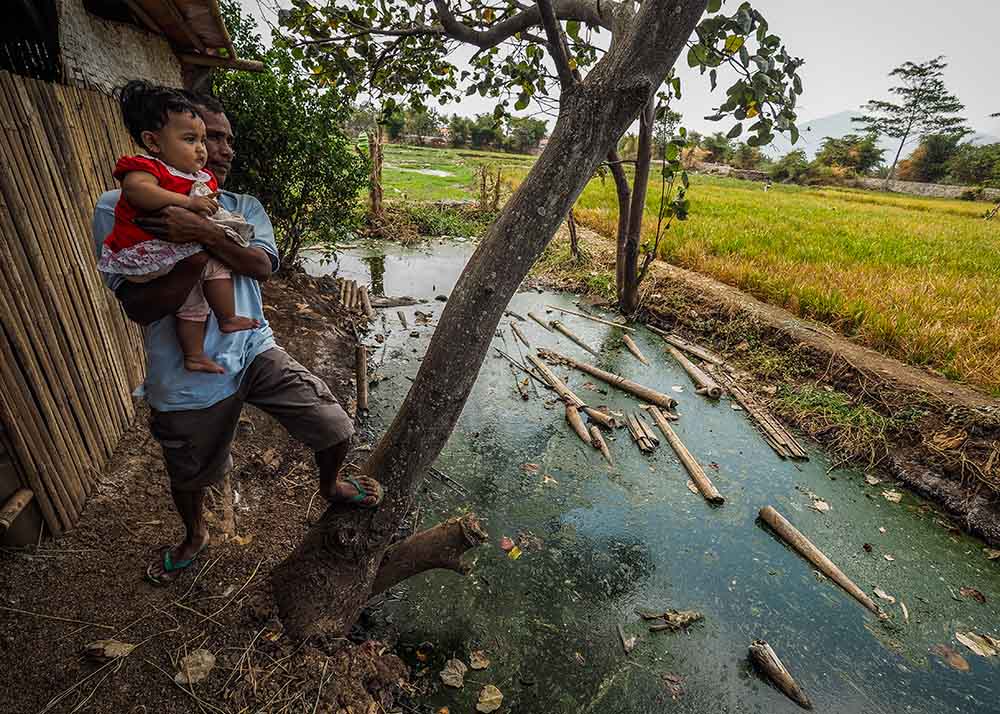
Comments are automatically closed one year after article publication. Archived comments are below.
Can anyone tell me of more environmentally benign sources of Rayon in the Bandung area? We are a small clothing label and would like to be part of the solution, not the problem, if possible. Terima kasih atas informasimu!
I’m so annoyed that the river provides water for more than 25 million people and the companies who are responsible for this problem blaming each other instead of solving the problem. Moreover, the government still didn’t take any serious step to stop them.
This is some of the best reporting I’ve seen on this issue! Thank you for being so thorough.